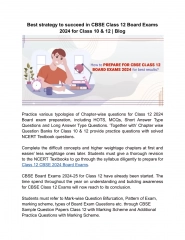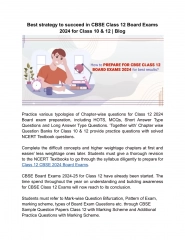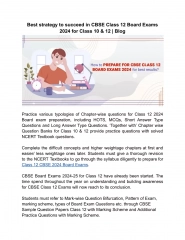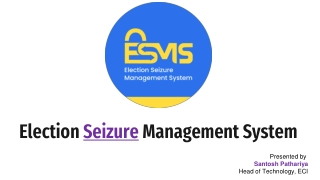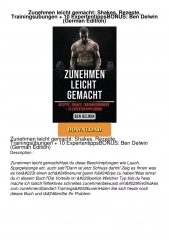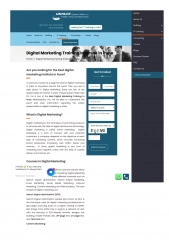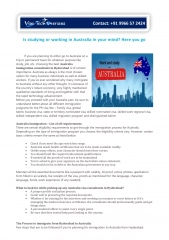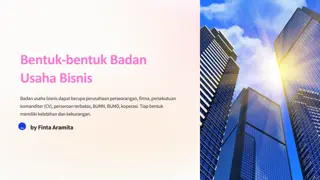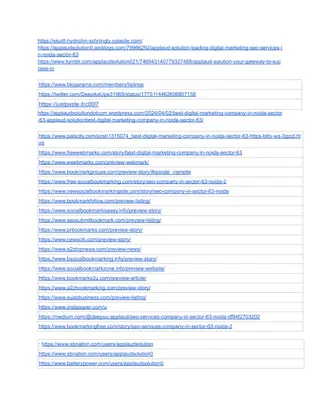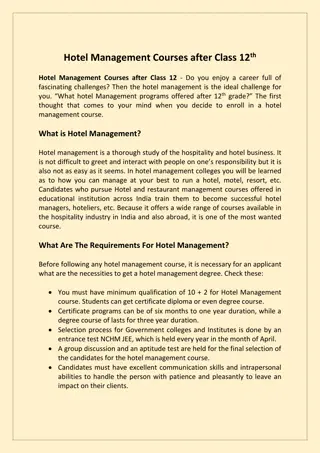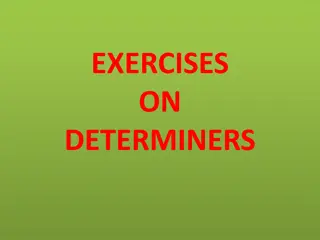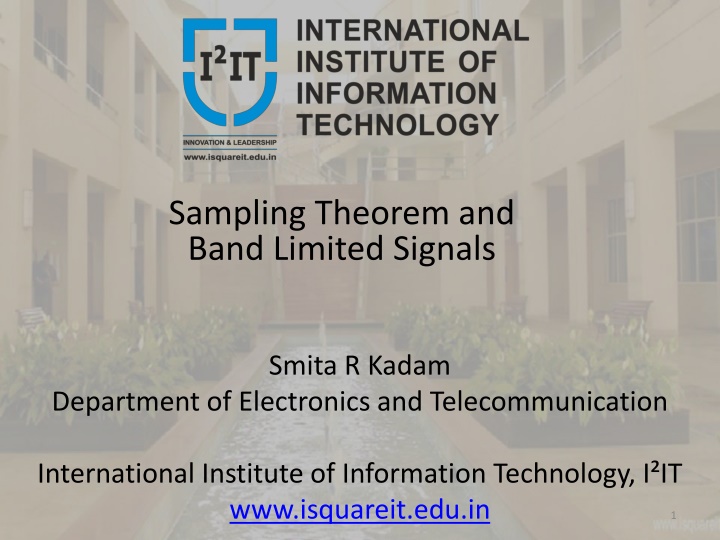
Band Limited Signals and Sampling Theorem Overview
Explore the concept of band-limited signals and the sampling theorem in the context of time-limited and narrowband signals. Understand the characteristics and examples of time-limited signals, as well as the definition and properties of band-limited signals. Dive into the fundamentals of signal processing in the context of limited signal types at the International Institute of Information Technology, Pune.
Download Presentation

Please find below an Image/Link to download the presentation.
The content on the website is provided AS IS for your information and personal use only. It may not be sold, licensed, or shared on other websites without obtaining consent from the author. If you encounter any issues during the download, it is possible that the publisher has removed the file from their server.
You are allowed to download the files provided on this website for personal or commercial use, subject to the condition that they are used lawfully. All files are the property of their respective owners.
The content on the website is provided AS IS for your information and personal use only. It may not be sold, licensed, or shared on other websites without obtaining consent from the author.
E N D
Presentation Transcript
Sampling Theorem and Band Limited Signals Smita R Kadam Department of Electronics and Telecommunication International Institute of Information Technology, I IT www.isquareit.edu.in 1
BAND LIMITED SIGNALS AND SAMLING OBJECTIVE : To discuss Band limited and Time limited signals Narrowband signals and Narrowband systems What is Sampling? International Institute of Information Technology, I IT, P-14, Rajiv Gandhi Infotech Park, Hinjawadi Phase 1, Pune - 411 057 Phone - +91 20 22933441/2/3 | Website - www.isquareit.edu.in | Email - info@isquareit.edu.in 2
Time limited signal A signal which has non zero value onlyover a certain interval of time and zero value outside this time interval is called Time limited signal In the signal below x (t)= A rect (t, ) A is amplitude of Rectangular pulse for the interval /2 to + /2 outside this time interval of amplitude value is zero International Institute of Information Technology, I IT, P-14, Rajiv Gandhi Infotech Park, Hinjawadi Phase 1, Pune - 411 057 Phone - +91 20 22933441/2/3 | Website - www.isquareit.edu.in | Email - info@isquareit.edu.in 3
Examples of time limited signals X1(t) X (t) X (-t) -1 1 -1 1 -1 1 X2(t) X e(t) Xo(t) -1 -1 -1 1 -1 -1 International Institute of Information Technology, I IT, P-14, Rajiv Gandhi Infotech Park, Hinjawadi Phase 1, Pune - 411 057 Phone - +91 20 22933441/2/3 | Website - www.isquareit.edu.in | Email - info@isquareit.edu.in 4
Band Limited Signal - A band limited signal is one whose Fourier transform (frequency spectrum) is non zero over a finite interval on frequency axis Suppose x(t) is a signal whose Fourier transform is X(W) There exist a positive number W such that X (f) is non zero in the interval (-W to W) on frequency axis W is also called the bandwidth of the signal which is also highest frequency component in x (t) X(w) Band limited signal -w 0 w International Institute of Information Technology, I IT, P-14, Rajiv Gandhi Infotech Park, Hinjawadi Phase 1, Pune - 411 057 Phone - +91 20 22933441/2/3 | Website - www.isquareit.edu.in | Email - info@isquareit.edu.in 5
Examples of Band limited signals G(f) -B B International Institute of Information Technology, I IT, P-14, Rajiv Gandhi Infotech Park, Hinjawadi Phase 1, Pune - 411 057 Phone - +91 20 22933441/2/3 | Website - www.isquareit.edu.in | Email - info@isquareit.edu.in 6
Band unlimited signal - - Time unlimited signal - International Institute of Information Technology, I IT, P-14, Rajiv Gandhi Infotech Park, Hinjawadi Phase 1, Pune - 411 057 Phone - +91 20 22933441/2/3 | Website - www.isquareit.edu.in | Email - info@isquareit.edu.in 7
Why band limited signal? If a Continuous Time (C.T.) signal is to be uniquely represented and recovered from its samples, then the signal must be band-limited. Time limited functions are not band limited and Band limited functions are not time limited Important property of band limited signals is that they slowly change in time Fourier transform of a time limited rectangular function shown here is not a band limited signal as it has non zero values over infinite range on frequency axis Sinc (f) rect(t) A/f A Fourier Transform pair T -f -f -t t International Institute of Information Technology, I IT, P-14, Rajiv Gandhi Infotech Park, Hinjawadi Phase 1, Pune - 411 057 Phone - +91 20 22933441/2/3 | Website - www.isquareit.edu.in | Email - info@isquareit.edu.in 8
Narrow band signals A signals whose frequency spectrum is limited to narrow band Modulating and modulated signals are band limited signals Their spectral width cannot be infinite in practice Frequency contents of Speech signal 300-3 KHz Music signals 20-20 KHz Television information 0-5 MHz When such a signal modulate a carrier signal of very high frequency then spectrum of this modulated signal becomes Narrow band signal Examples of narrowband signals found in wireless applications such as Communication, Radars, Positioning, Sensing and Remote control International Institute of Information Technology, I IT, P-14, Rajiv Gandhi Infotech Park, Hinjawadi Phase 1, Pune - 411 057 Phone - +91 20 22933441/2/3 | Website - www.isquareit.edu.in | Email - info@isquareit.edu.in 9
Narrow band systems Systems that has small bandwidth is known as a narrowband system Examples of narrowband systems are SSBSC,DSBSC,DSBFC Systems that has large bandwidth is known as a wideband system Examples of wideband systems are FM,PCM,TDM etc The narrowband systems have higher bandwidth efficiency whereas Wideband systems are less bandwidth efficient International Institute of Information Technology, I IT, P-14, Rajiv Gandhi Infotech Park, Hinjawadi Phase 1, Pune - 411 057 Phone - +91 20 22933441/2/3 | Website - www.isquareit.edu.in | Email - info@isquareit.edu.in 10
What is Sampling? Sampling is the process of converting continuous time signal into discrete time signal by sensing analog signal value at discrete instants of time To convert this discrete time signal back to continuous time signal without error, there is a condition related to rate at which these samples should be taken and this condition is given by sampling theorem International Institute of Information Technology, I IT, P-14, Rajiv Gandhi Infotech Park, Hinjawadi Phase 1, Pune - 411 057 Phone - +91 20 22933441/2/3 | Website - www.isquareit.edu.in | Email - info@isquareit.edu.in 11
What is need of sampling? All real life signals are continuous time signals which carries message signal Digital systems can not process continuous time signals so continuous time signal need to be converted into digital form Analog to digital conversion sets foundation for modern digital communication systems Extensive use of Digital technology International Institute of Information Technology, I IT, P-14, Rajiv Gandhi Infotech Park, Hinjawadi Phase 1, Pune - 411 057 Phone - +91 20 22933441/2/3 | Website - www.isquareit.edu.in | Email - info@isquareit.edu.in 12
Sampling theorem proof Consider a message signal m(t) whose spectrum M(w) is band limited to Wm Hz M(f) = 0 , w > Non zero, -B to B m(t) BW Band limited signal m(t) has its Fourier transform M(w) limited within interval ( Wm to Wm) Wm is the maximum frequency component in message signal m(t) If m(t) has multiple frequency components then maximum frequency component value is considered as Wm International Institute of Information Technology, I IT, P-14, Rajiv Gandhi Infotech Park, Hinjawadi Phase 1, Pune - 411 057 Phone - +91 20 22933441/2/3 | Website - www.isquareit.edu.in | Email - info@isquareit.edu.in 13
Consider a periodic impulse train c(t) as a carrier with fundamental time periodTswhich is also called as sampling period or sampling interval Ws is angular frequency given as Ws = This impulse train c(t) is written as c(t) = Consider a sampler circuit that multiplies two continuous time signals m(t) and c(t) Generates a sampled signal s(t) as shown in diagram S(t) has many impulses and strength of every impulse is equal to instantaneous value of signal m(t) given time Samples are spaced at Tsintervals International Institute of Information Technology, I IT, P-14, Rajiv Gandhi Infotech Park, Hinjawadi Phase 1, Pune - 411 057 Phone - +91 20 22933441/2/3 | Website - www.isquareit.edu.in | Email - info@isquareit.edu.in 14
Sampling S(t) m(t) Sampler International Institute of Information Technology, I IT, P-14, Rajiv Gandhi Infotech Park, Hinjawadi Phase 1, Pune - 411 057 Phone - +91 20 22933441/2/3 | Website - www.isquareit.edu.in | Email - info@isquareit.edu.in 15
S(w) is spectrum of signal s(t) given by s(t) = m(t) Ts(t) As per the property of Fourier transform multiplication of two signals in time domain is equal to convolution in frequency domain which can be written as S(w)= [ M(w)* C(w) ] Fourier transform of periodic pulse train c(t) is written as S(w) = [ M(w) * ] = = International Institute of Information Technology, I IT, P-14, Rajiv Gandhi Infotech Park, Hinjawadi Phase 1, Pune - 411 057 Phone - +91 20 22933441/2/3 | Website - www.isquareit.edu.in | Email - info@isquareit.edu.in 16
Using property of impulse function x (t) S(w) = = when, n= 0 s(w) = Band gap Ws > 2Wm International Institute of Information Technology, I IT, P-14, Rajiv Gandhi Infotech Park, Hinjawadi Phase 1, Pune - 411 057 Phone - +91 20 22933441/2/3 | Website - www.isquareit.edu.in | Email - info@isquareit.edu.in 17
Sampling theorem From the diagram above we see that (Ws - Wm) > Wm Ws > 2Wm This difference between Wm and (Ws -Wm) is called Guard band When there is no overlapping between triangles of high frequency components and low frequency components of message signal then original message signal can be reconstructed (Ws - Wm) > Wm Sampling Theorem statement: A signal can be represented in samples and recovered back when sampling frequency is greater or equal to twice of maximum frequency component present in the signal Nyquist criterion: Minimum possible value of sampling frequency when the sampling frequency Fs is equal to twice of maximum frequency component in message signal Fs = 2Fm or Ws = 2Wm International Institute of Information Technology, I IT, P-14, Rajiv Gandhi Infotech Park, Hinjawadi Phase 1, Pune - 411 057 Phone - +91 20 22933441/2/3 | Website - www.isquareit.edu.in | Email - info@isquareit.edu.in 18
Nyquist criterion and Aliasing Ws = 2Wm w -3ws -2ws -ws ws 2ws 3ws 0 Ws < 2Wm w -3ws -2ws - ws ws 2ws 3ws 0 overlapping International Institute of Information Technology, I IT, P-14, Rajiv Gandhi Infotech Park, Hinjawadi Phase 1, Pune - 411 057 Phone - +91 20 22933441/2/3 | Website - www.isquareit.edu.in | Email - info@isquareit.edu.in 19
Aliasing: If high frequency components in the DSBSC spectrum such as (Ws - Wm) to (Ws + Wm) or (-Ws - Wm) to (-Ws + Wm) appears in the low frequency part of spectrum (-Wm to +Wm) due to overlapping then this effect is called aliasing To avoid aliasing anti aliasing filters are used Anti aliasing filter first allows m(t) and cuts the signal spectrum at Wm For digital telephony anti aliasing filter with a cut off frequency of 4 KHz is used with a sampling frequency of 8 KHz International Institute of Information Technology, I IT, P-14, Rajiv Gandhi Infotech Park, Hinjawadi Phase 1, Pune - 411 057 Phone - +91 20 22933441/2/3 | Website - www.isquareit.edu.in | Email - info@isquareit.edu.in 20
Why band limited signals for sampling? If message signal is not band limited then its spectrum is not confined within finite intervals rather extended till infinity After sampling the repeated spectrum will be with overlapping Band limited signals can be reconstructed exactly from its discrete time samples without error 21
References R Taub, D Schilling and G Saha, Principles of Communication Systems, 3rd edition. Mc Graw Hill, 2012 D Roddy, J Coolen, Electronic Communication, 4th edition,Pearson, 2011 B P Lathi, Zhi Ding, Modern Digital and Analog Communication systems,4th edition International Institute of Information Technology, I IT, P-14, Rajiv Gandhi Infotech Park, Hinjawadi Phase 1, Pune - 411 057 Phone - +91 20 22933441/2/3 | Website - www.isquareit.edu.in | Email - info@isquareit.edu.in
Thank You! For any queries Contact: smitak@isquareit.edu.in International Institute of Information Technology, I IT, P-14, Rajiv Gandhi Infotech Park, Hinjawadi Phase 1, Pune - 411 057 Phone - +91 20 22933441/2/3 | Website - www.isquareit.edu.in | Email - info@isquareit.edu.in






